Description
- Tread: The section of the stairway that is stepped on is known as the tread. It’s calculated from the step’s outside border to the vertical “riser” between them.
- Riser: The vertical section of the stair that runs between each tread. For an “open” stair effect, this may be absent.
- Nosing: The edge of the tread that protrudes above the riser beneath is known as the nosing.
- Starting step or Bull Nose: When stairs are open on one or both sides, the first step above the lower floor may be broader and rounder than the subsequent steps, with the balustrade or handrail forming a semi-circle around the diameter of the rounded area and the railing having a horizontal spiral. The balusters can form a larger, more stable basis for the handrail’s end thanks to the initial steps.
- Trim: Trim is commonly used where walls and floors meet, as well as beneath treads to hide the exposed join between the tread and riser.
- Stringer Board: The stringer board, which is a structural component, supports the treads and risers. The treads are typically supported by two stringers, one on each side of the stairs, but they can be supported in a variety of ways.
- Balustrade/ Handrail: When stairs are open on one or both sides, the first step above the lower floor may be broader and rounder than the subsequent steps, with the balustrade or handrail forming a semi-circle around the diameter of the rounded area and the railing having a horizontal spiral. The balusters can form a larger, more stable basis for the handrail’s end thanks to the initial steps.
- Winders: Winders are steps with one side narrower than the other.

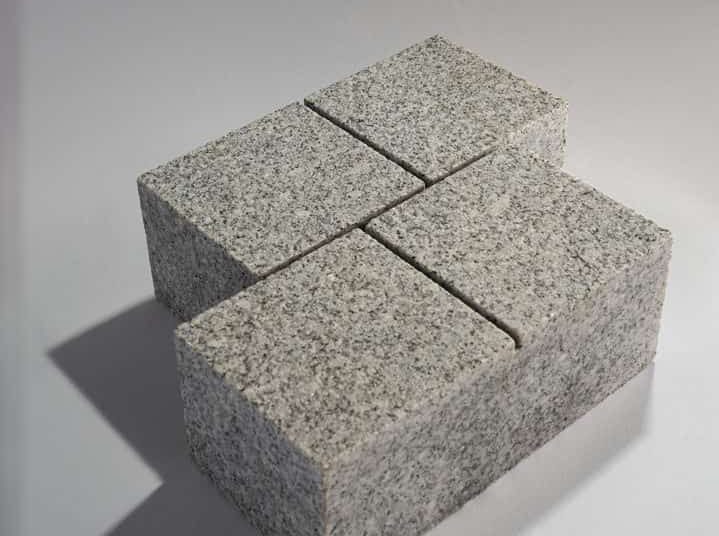
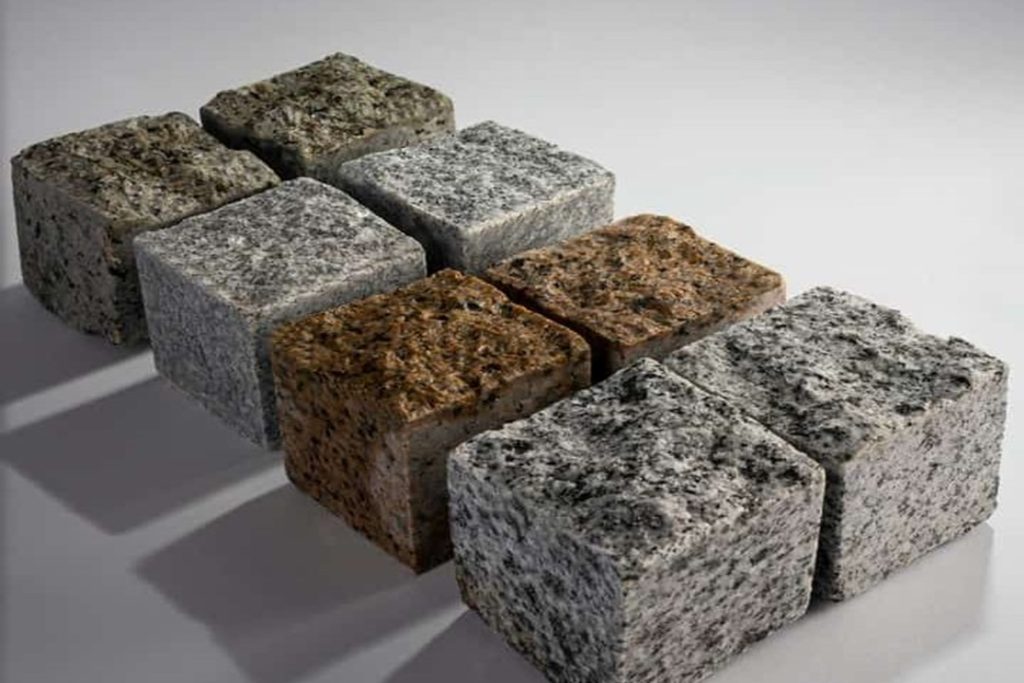
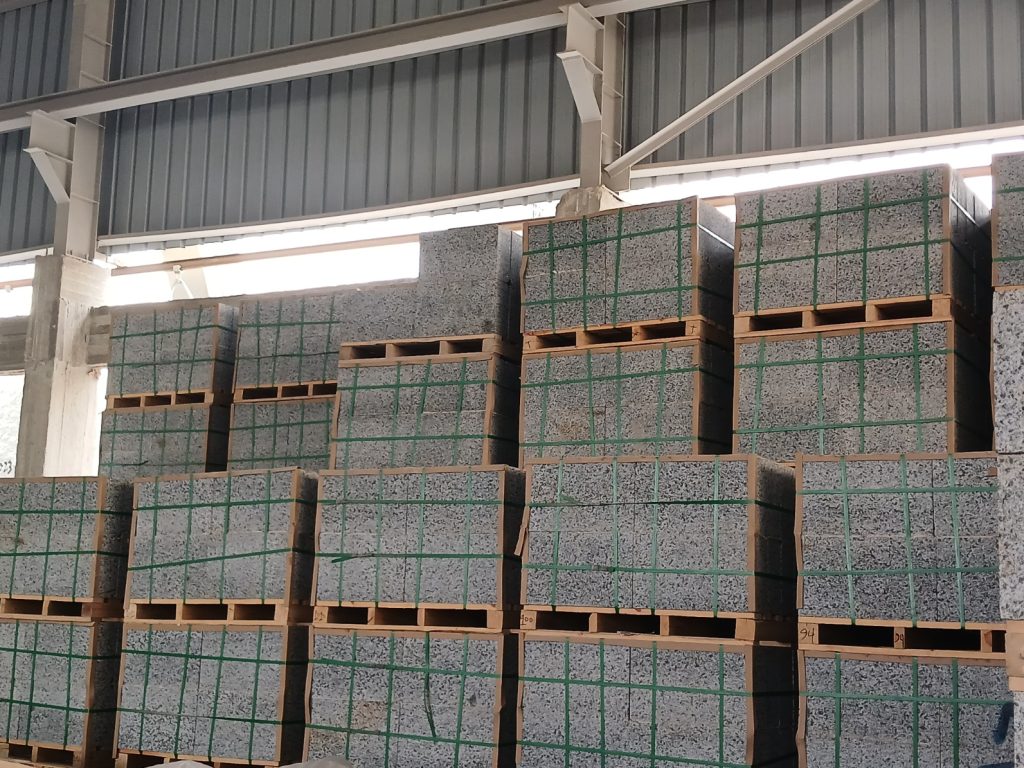

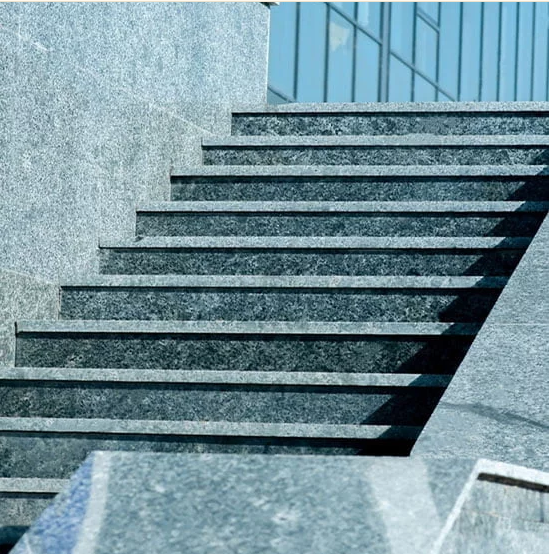
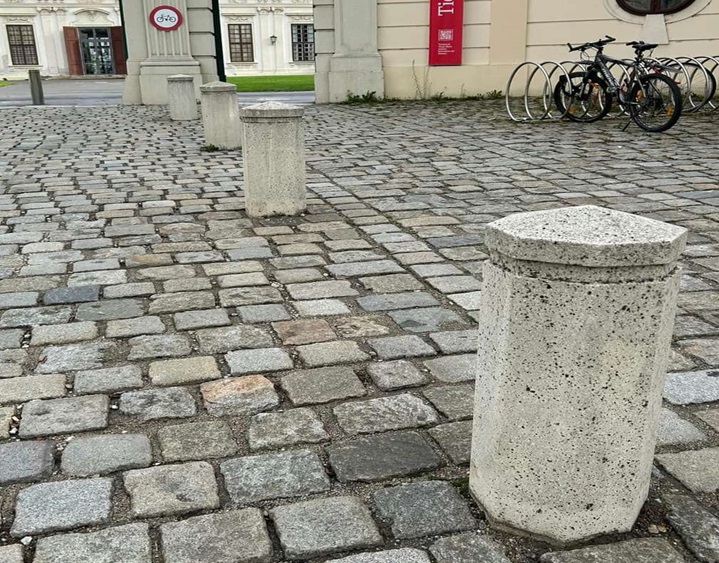
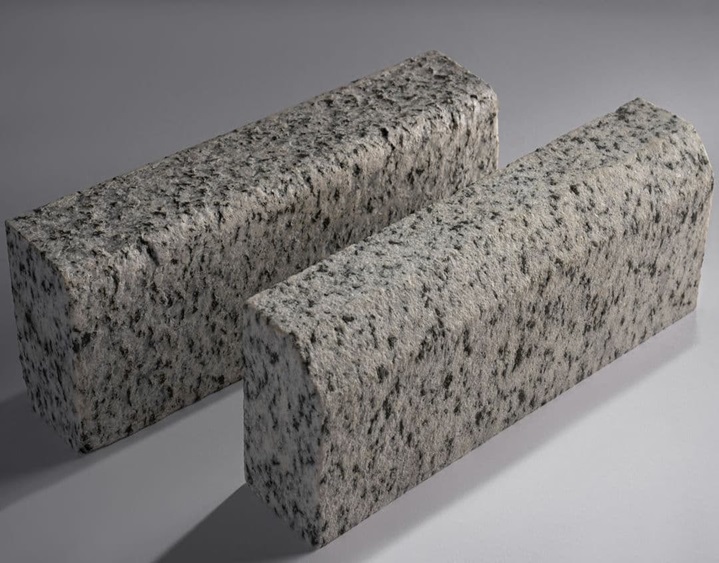

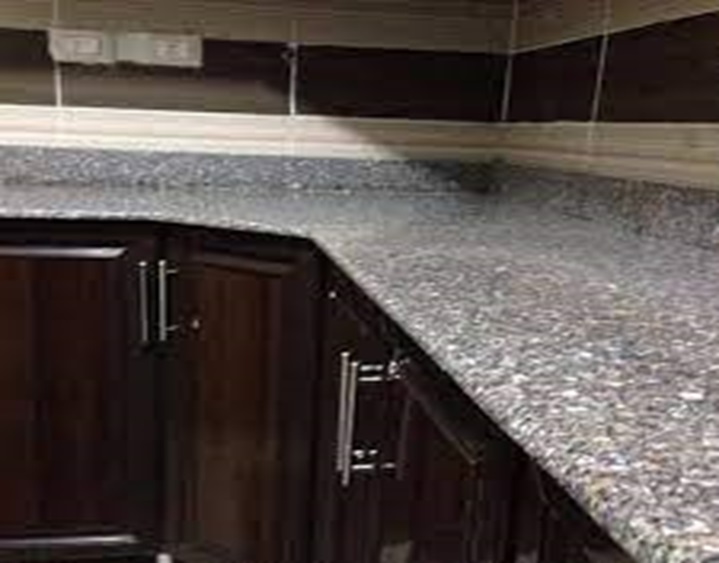
Reviews
There are no reviews yet.